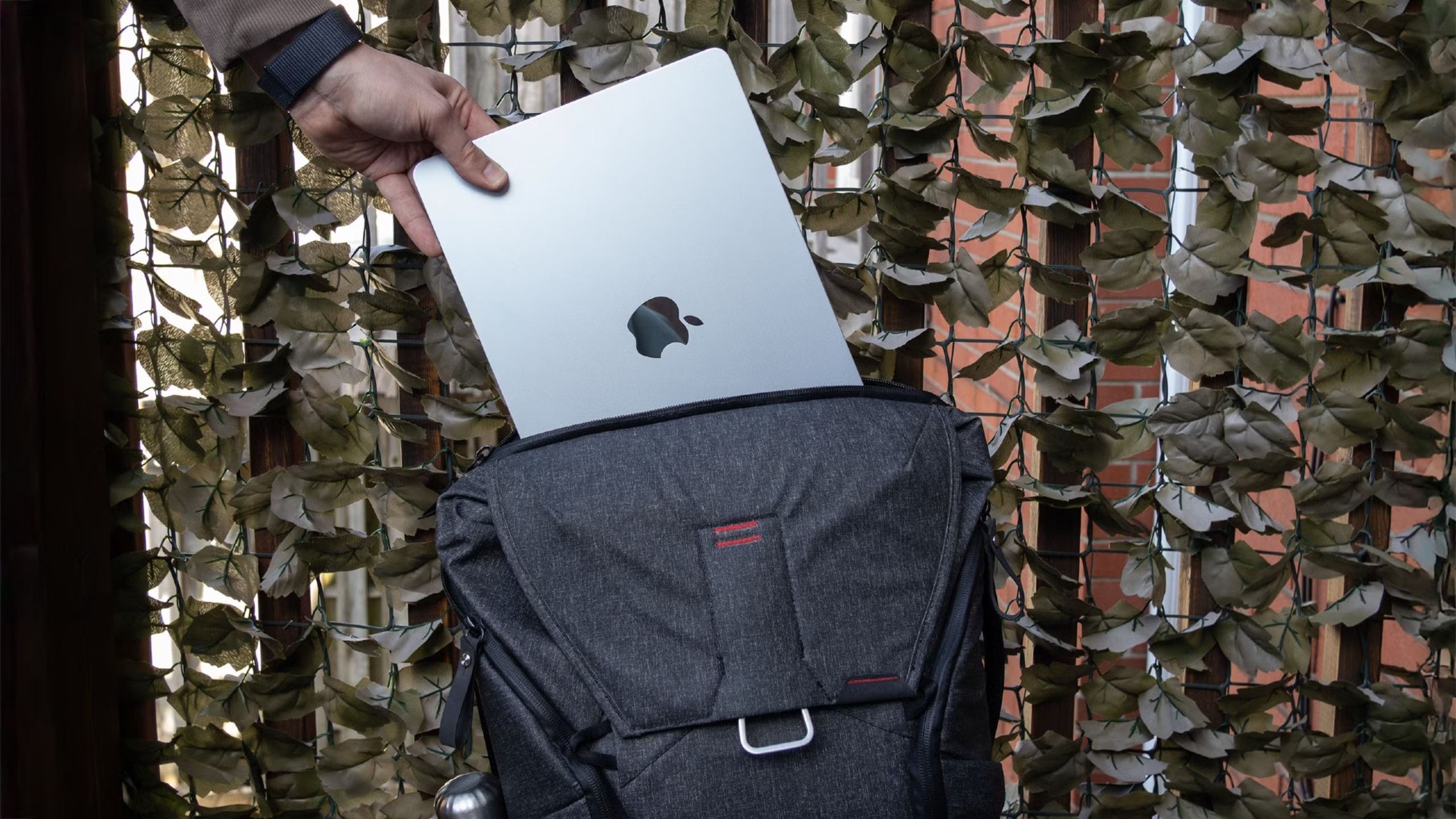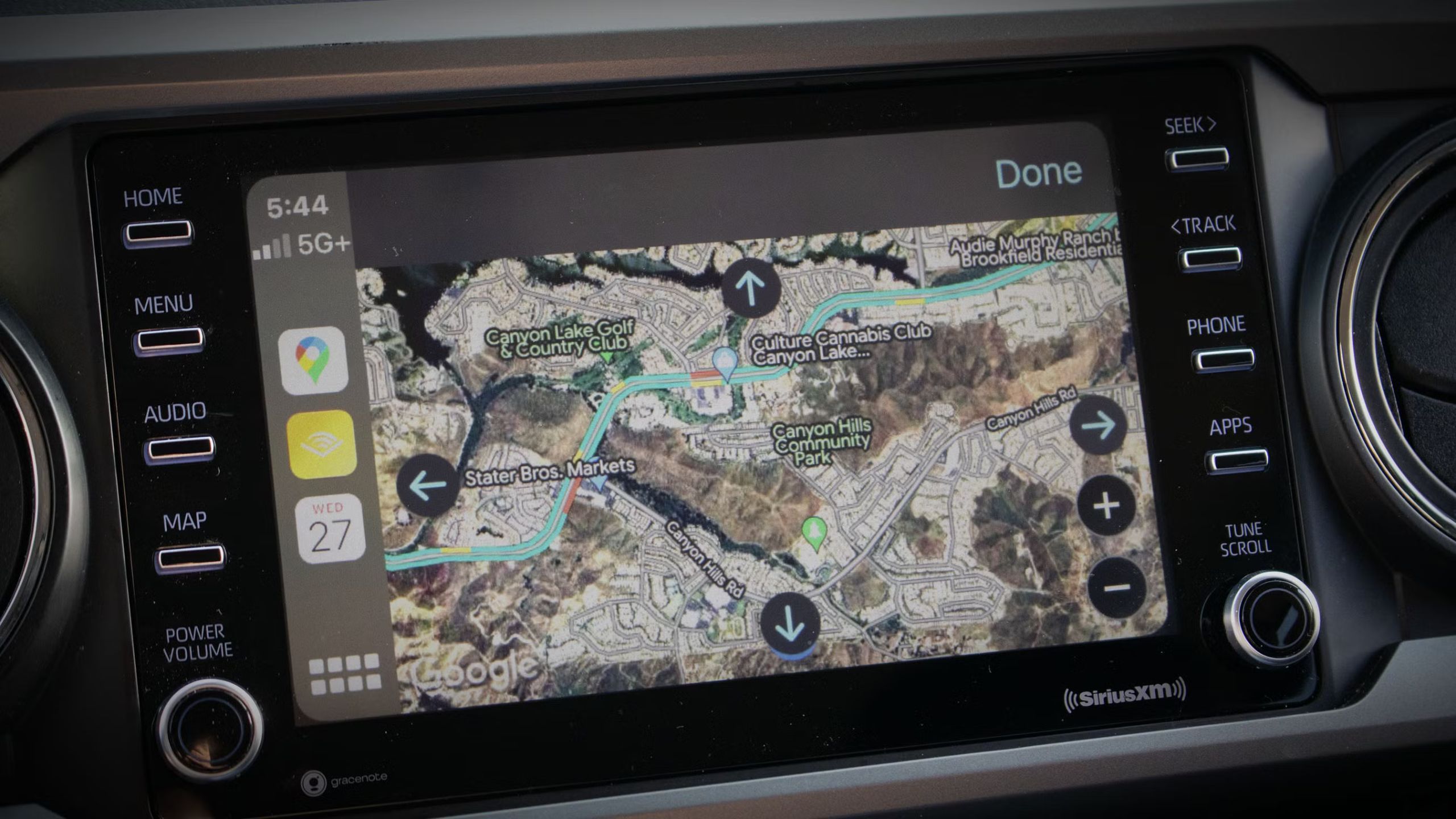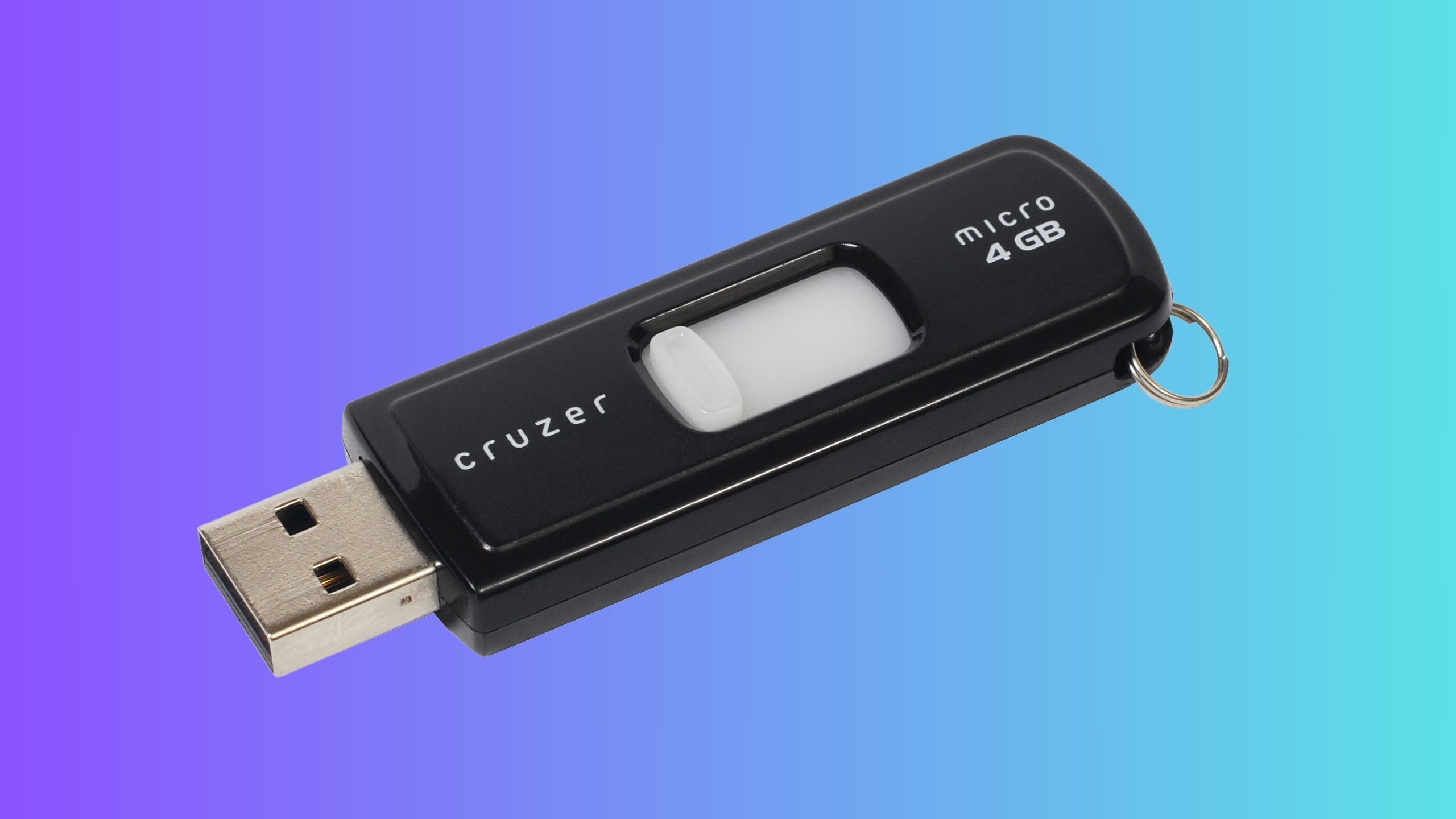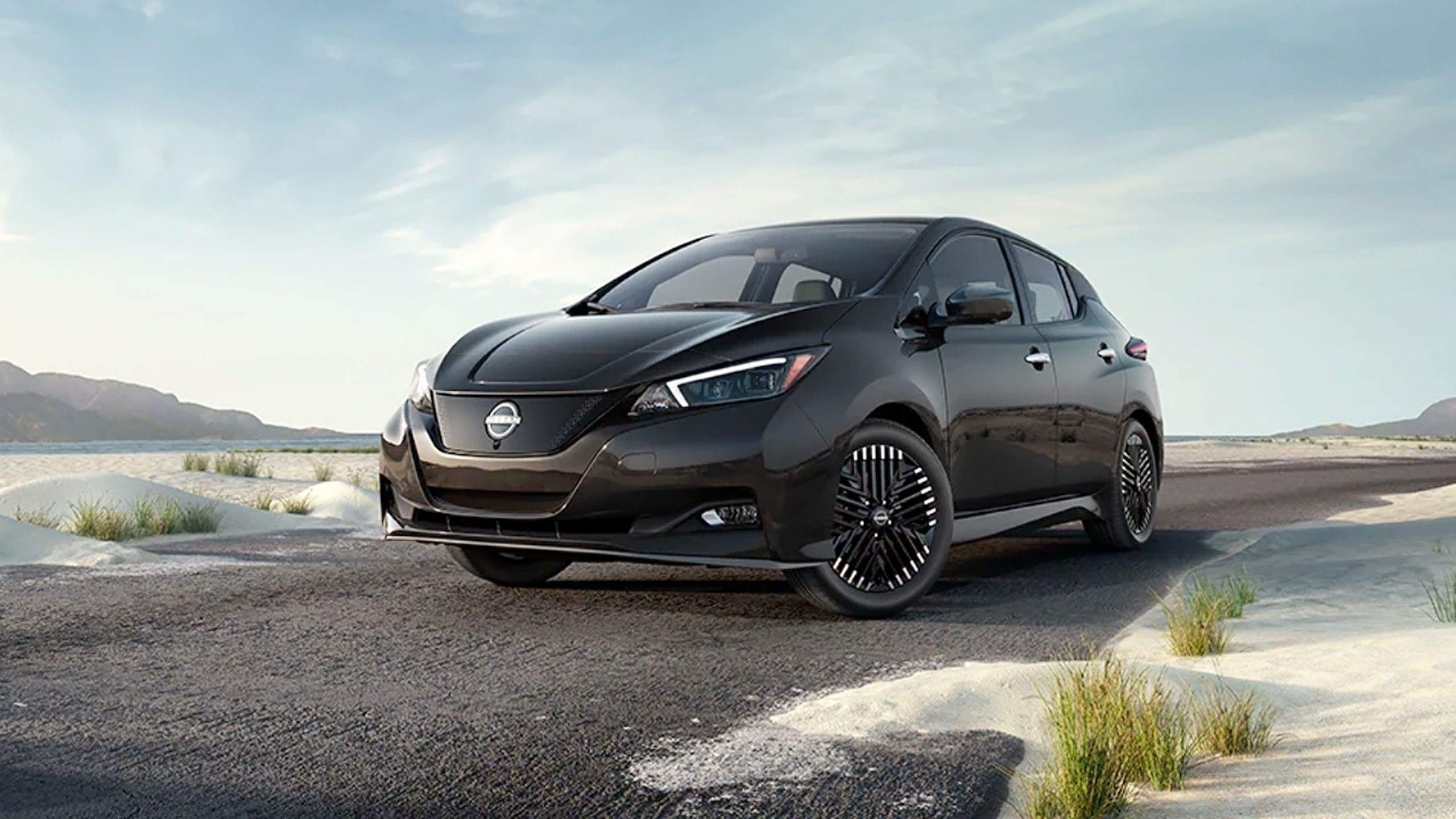Summary
- A car’s USB ports can often charge plenty of accessories beyond phones, though you’ll need USB-C to support power-hungry laptops and handhelds.
- You should always run CarPlay or Android Auto off USB when you’re on a long drive — wireless data sync consumes a lot of power.
- Some other USB possibilities include updating your car’s firmware to add features and fix bugs, or play music off a USB stick instead of caching playlists on your phone ahead of time.
I’m old enough to remember when having any USB port in a car was a big deal, since cars tended to be treated as “analog” gadgets, no matter how much was going on behind the scenes. I’m not one of those people who waxes nostalgic about old tech, however. I’m glad that USB is not only not commonplace these days, but transitioning to
USB-C
, and spreading to more than just the front seats. The more places the better, as far as I’m concerned — even my seven-year-old son has an iPad, and the last thing my wife and I want is his favorite thing running low on battery.
If you didn’t know, you can do a lot more than just charge
phones
and
tablets
with your car’s USB ports. The details are going to depend on your vehicle, but it’s useful to be aware regardless. In some cases, USB ports could mean the difference between a smooth trip and a ruined one.
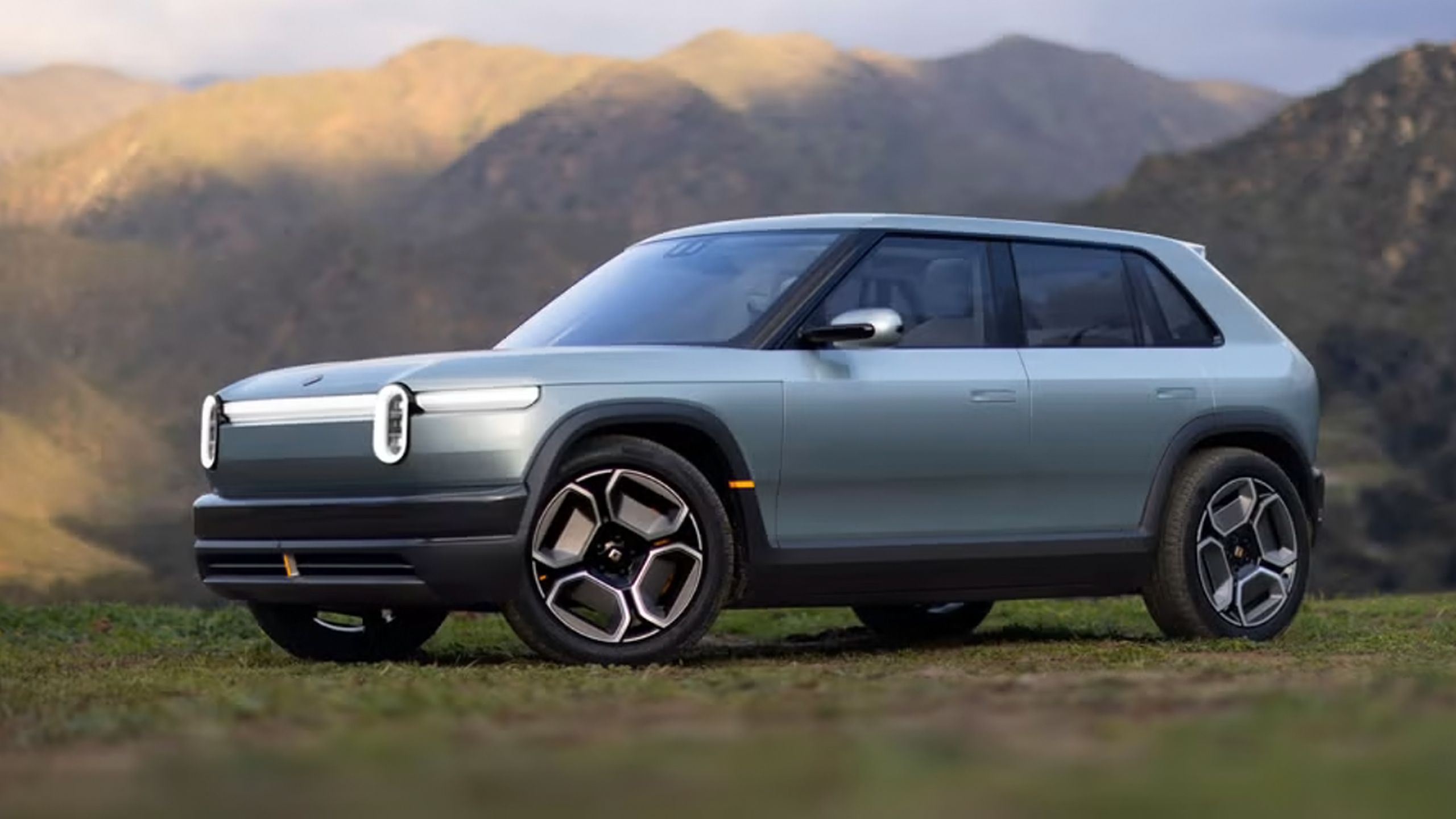
Related
I hope the Rivian R3 will be the vehicle to topple Tesla
Tesla won’t shrink and vanish in a day, naturally.
1
Charging laptops, headphones, and other devices
Your mileage may vary
Pocket-lint
While USB-A ports tend to deliver weak amounts of power — sometimes no more than 7.5W — that’s still enough to supply accessories like earbud cases, portable fans, and small battery packs. Even if you don’t have enough time to top up completely, it’s better to have a partial charge in your battery than none at all. You don’t want to run out of juice at Disney World before your kid’s got a photo with Mickey.
Higher wattages may be enough to sustain or fully recharge some laptops and handheld PCs while people are using them.
Things get far more interesting with USB-C. That raises the threshold to between 15 and 45W, typically, and some vehicles are capable of even more. Tesla Model 3s can supply up to 65W. If a port’s power isn’t clearly marked in your car, look up official specs online.
Higher wattages may be enough to sustain or fully recharge some laptops and handheld PCs while people are using them. Don’t expect to top up a running gaming laptop, though — for that, you’ll need an adapter for your car’s 12V port, and even then something like my Razer Blade 17 is only going to drain slower until it enters Sleep mode.
Here’s hoping that one day, every car supports the maximum output of USB-C power delivery — 240W. I’m not expecting that until every car is an EV, mind.
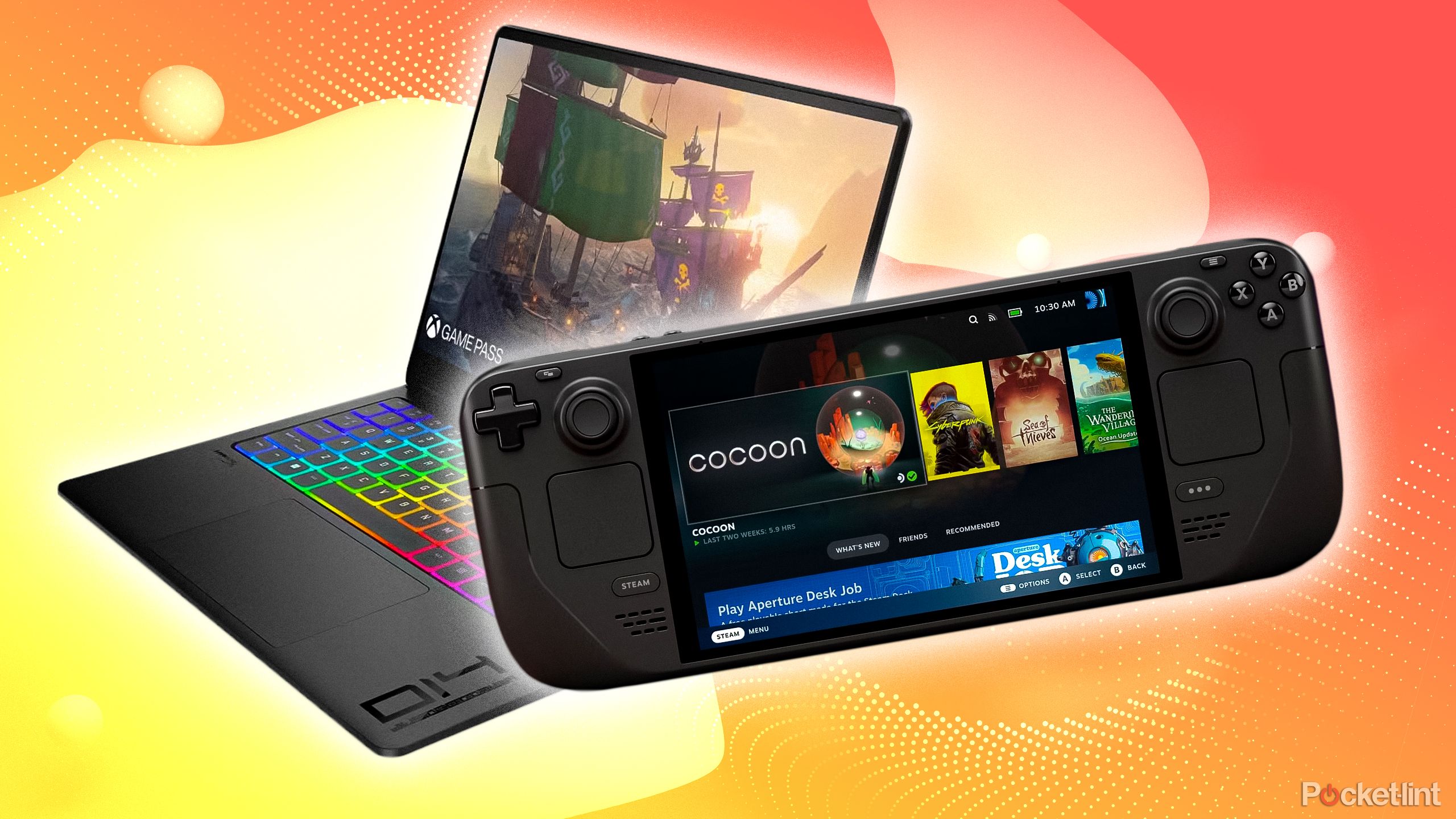
Related
Should you get a handheld or a laptop for portable PC gaming?
You might not need a laptop as much as you think you do.
2
Running Apple CarPlay or Android Auto without power drain
Be ready for an emergency
Google / Pocket-lint
I probably don’t have to sell you on CarPlay and Android Auto — for app control, especially navigation, they’re far superior to sticking your phone on a mount with a dangling power cord. But while the wireless versions of CarPlay and Android Auto are increasingly common, it’s still worth keeping a USB cable handy.
Why? The reality is that constant wireless data transfer is a huge drain on your phone’s battery. That’s fine if you’re on a 20-minute ride across town, but on longer roadtrips, your phone could end up running on fumes by the time you make it to your destination, assuming it doesn’t die completely. You should always have enough power left in your phone to make an emergency phone call or hail a ridesharing service.
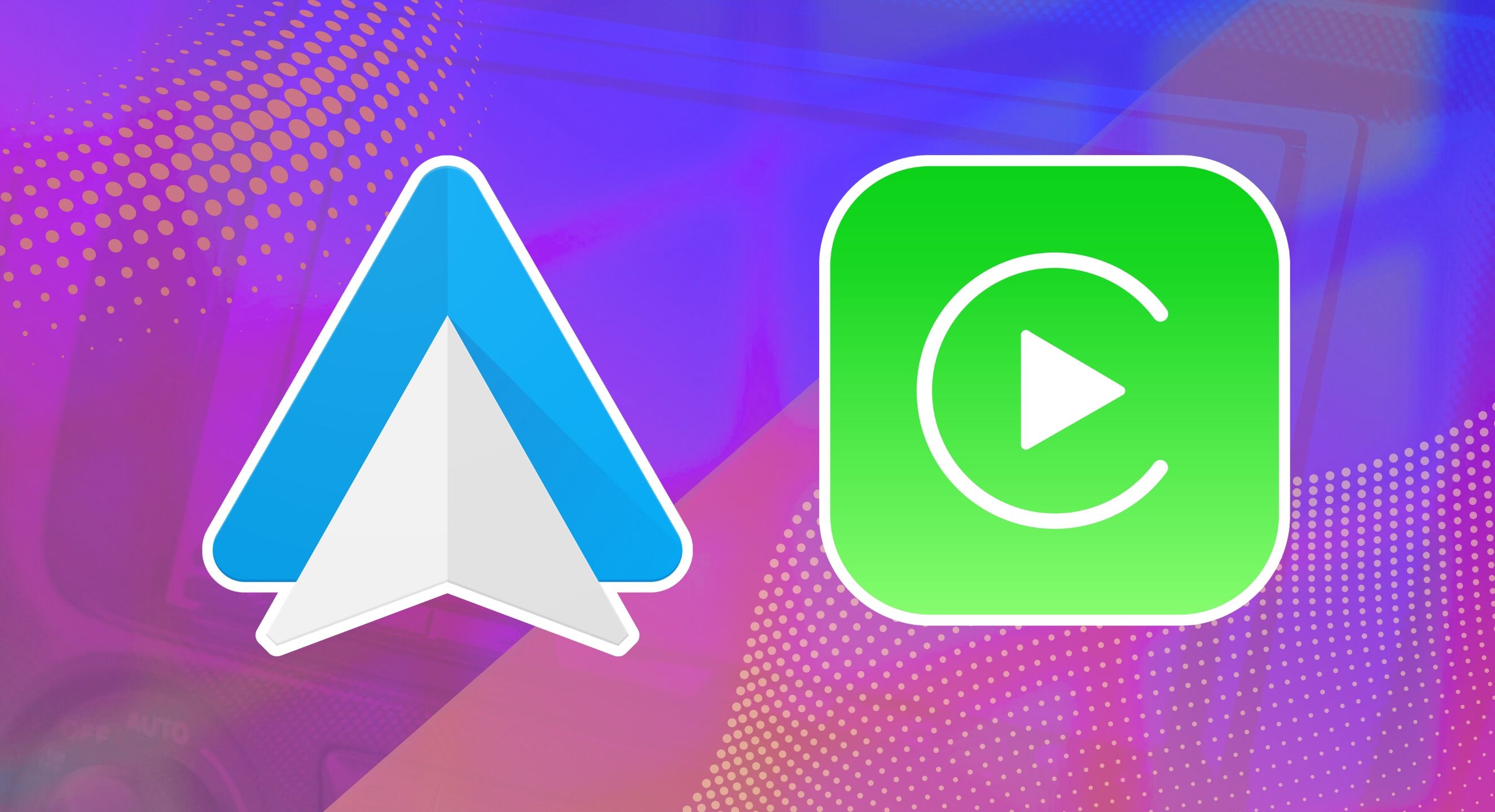
Related
4 reasons why I prefer CarPlay over Android Auto
Advantages outside of the car don’t necessarily help here.
3
Updating your car’s firmware
For how much longer?
Pocket-lint / Wikipedia
You may never need to update your car’s preloaded software, but that does sometimes fix bugs or add new features, such as compatibility with
CarPlay Ultra
. The most common way of updating firmware involves downloading a file to your Mac or Windows PC, copying it to a USB stick, then inserting that stick into a data-ready port in your car. There should be dashboard options/prompts to start the installation process. Your automaker will supply both the firmware and any necessary instructions, of course.
Some vehicles can receive these updates over Wi-Fi or even cellular. Indeed, it’s hard to say how much longer USB updates will be a thing, since it’s a lot more convenient to tap a few touchscreen buttons and wait inside your house while the download completes. Wireless updates are usually reserved for EVs, however, so it may be a while before USB options disappear completely.
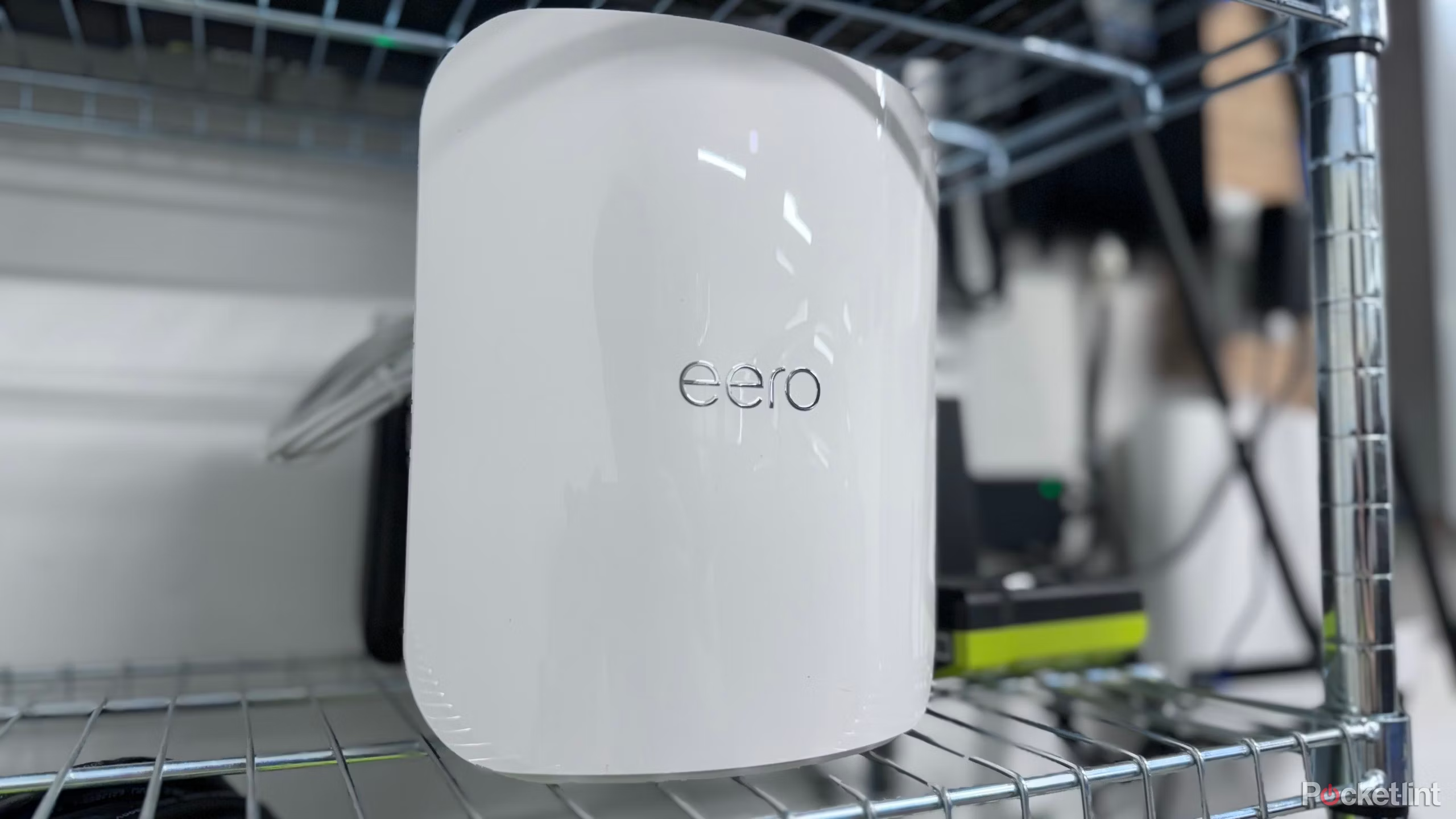
Related
4 reasons I’m not upgrading to Wi-Fi 7 (at least not yet)
Just because the tech is ready doesn’t mean you need it right away, or that you’ll even benefit.
4
Play offline music on the fly
A backup for those long rural roads
Nissan
I used to live in Texas, which is a sprawling state, to put it mildly. During intercity road trips, a recurring problem I had was that some stretches would have little to no cellular signal — if I didn’t cache music or podcasts ahead of time, I’d sometimes be stuck with dead silence or local radio. That’s not much of an option for someone who doesn’t like (most) country music or conservative talk shows. Native Texans can probably take a good guess at which city I called home.
Be prepared to hear a lot of Toto’s Africa.
If you’d rather not be dependent on a phone or radio for entertainment, some cars continue to support direct MP3 playback from connected USB drives. There are a few hurdles involved, perhaps the biggest being acquiring music — if you haven’t already, you’ll need to rip CDs or download files to your computer, then import them into a music library app (such as Apple Music) so they can be properly tagged. You’ll then have to copy them to a USB stick that’s formatted for your car. Check formatting requirements via your manufacturer’s website.
There tend to be two catches with direct playback. The first is that your car may not support playlists, so you could end up shuffling everything on a drive, no matter how wacky it is to hear Cyndi Lauper right after Slayer. Infotainment systems may also insist on playing things alphabetically until you tap that Shuffle icon — be prepared to hear a lot of Toto’s Africa, in other words.
If you’re lucky, your car may support
lossless audio
in the form of FLAC and WAV files — but expect to buy a pretty big USB stick to hold a reasonable lossless collection.





